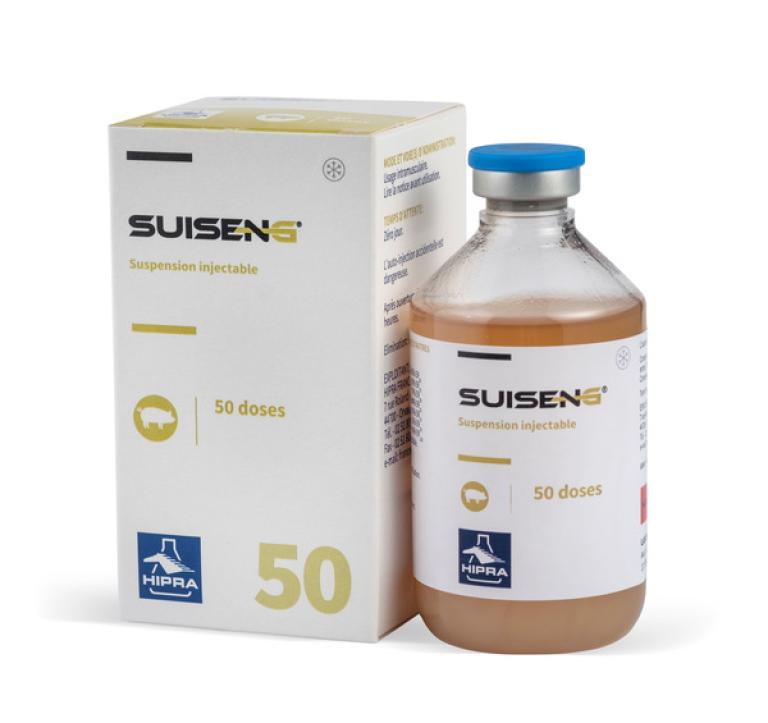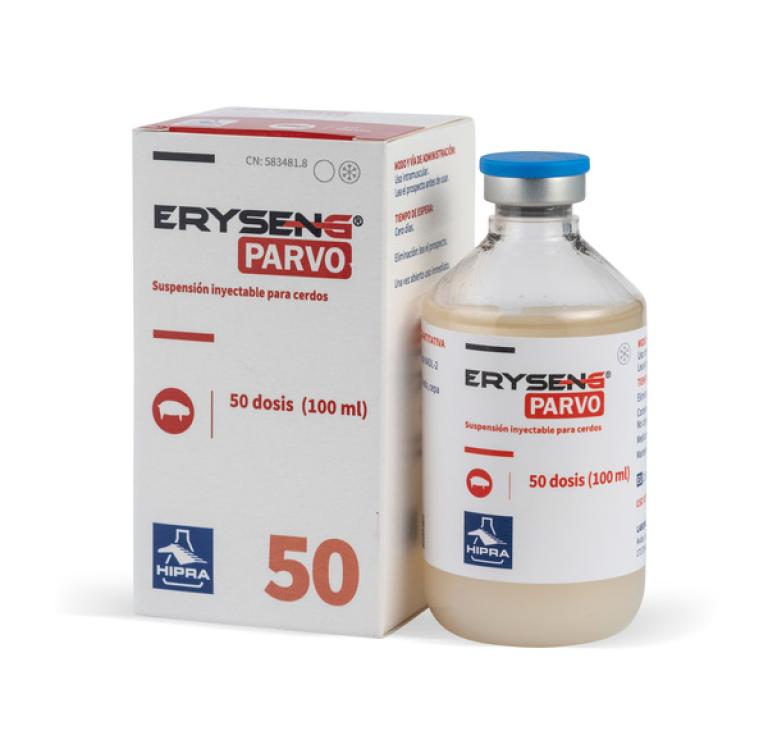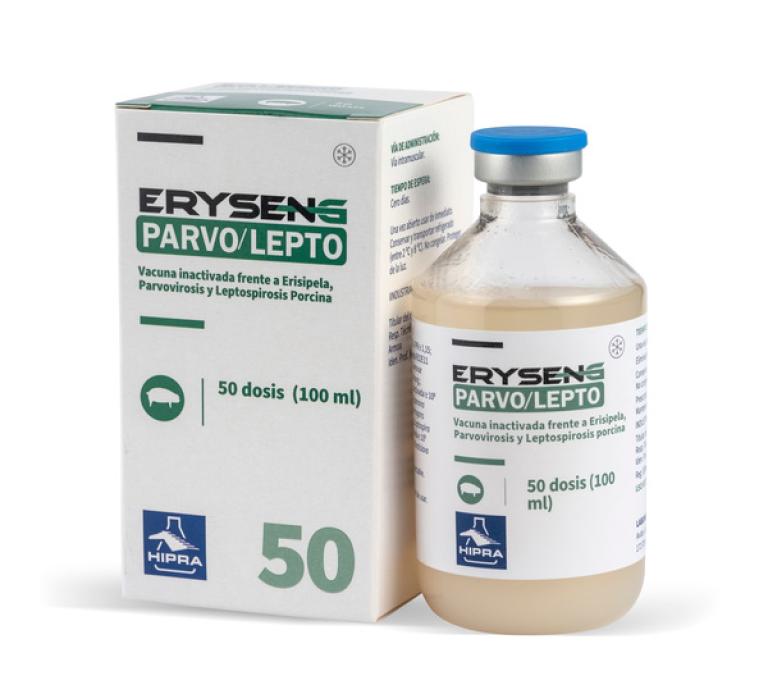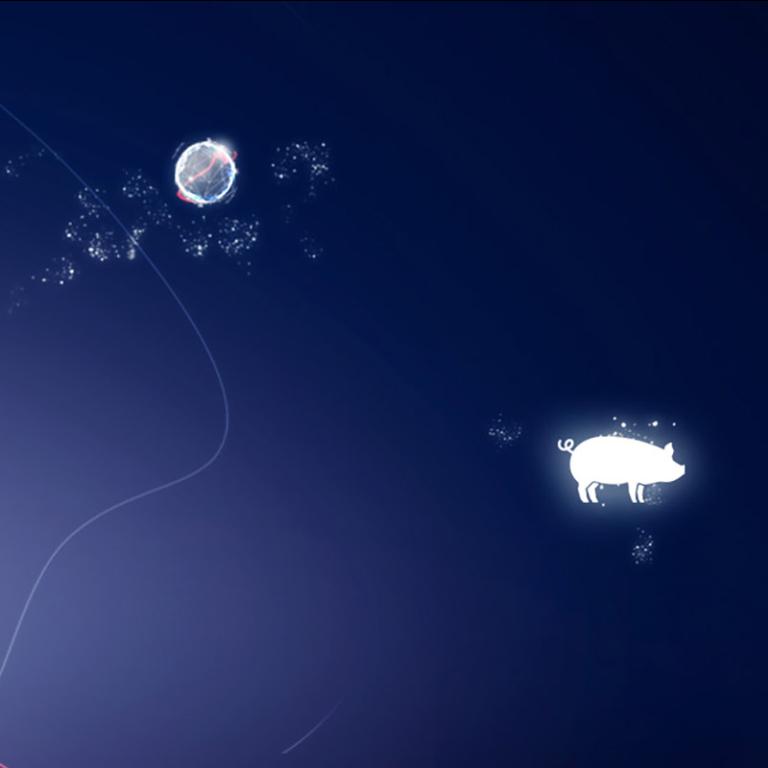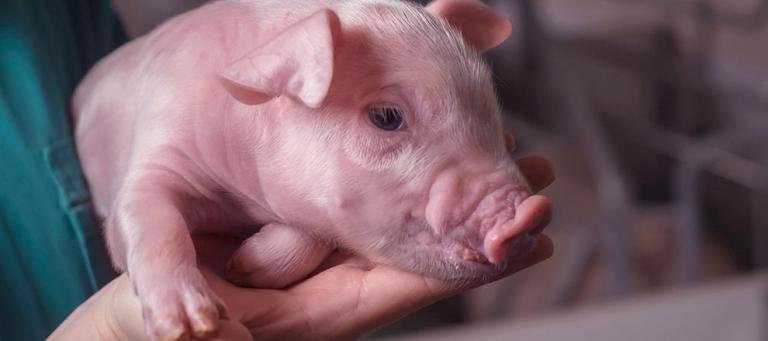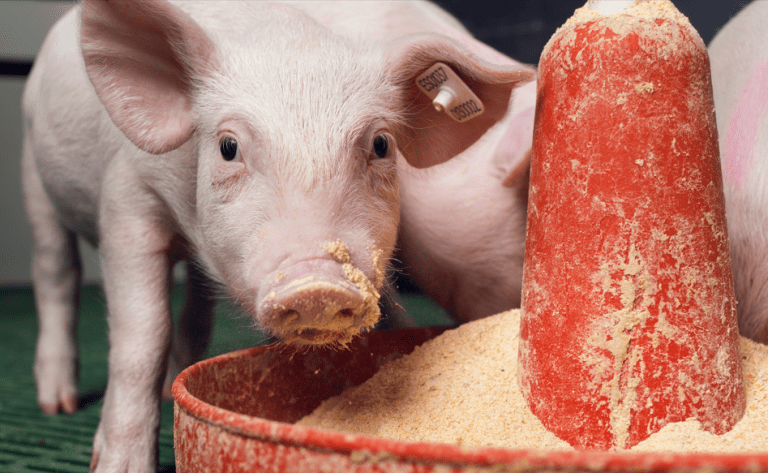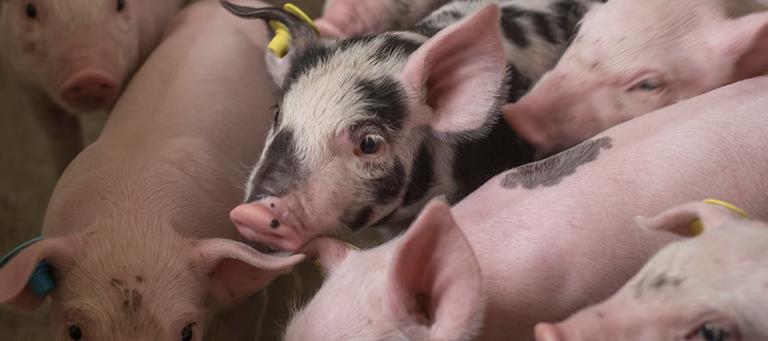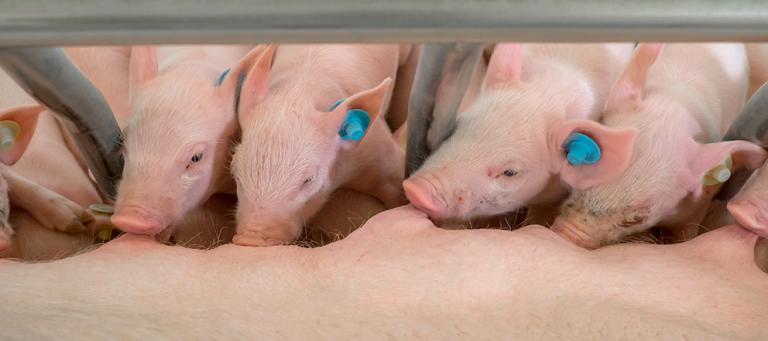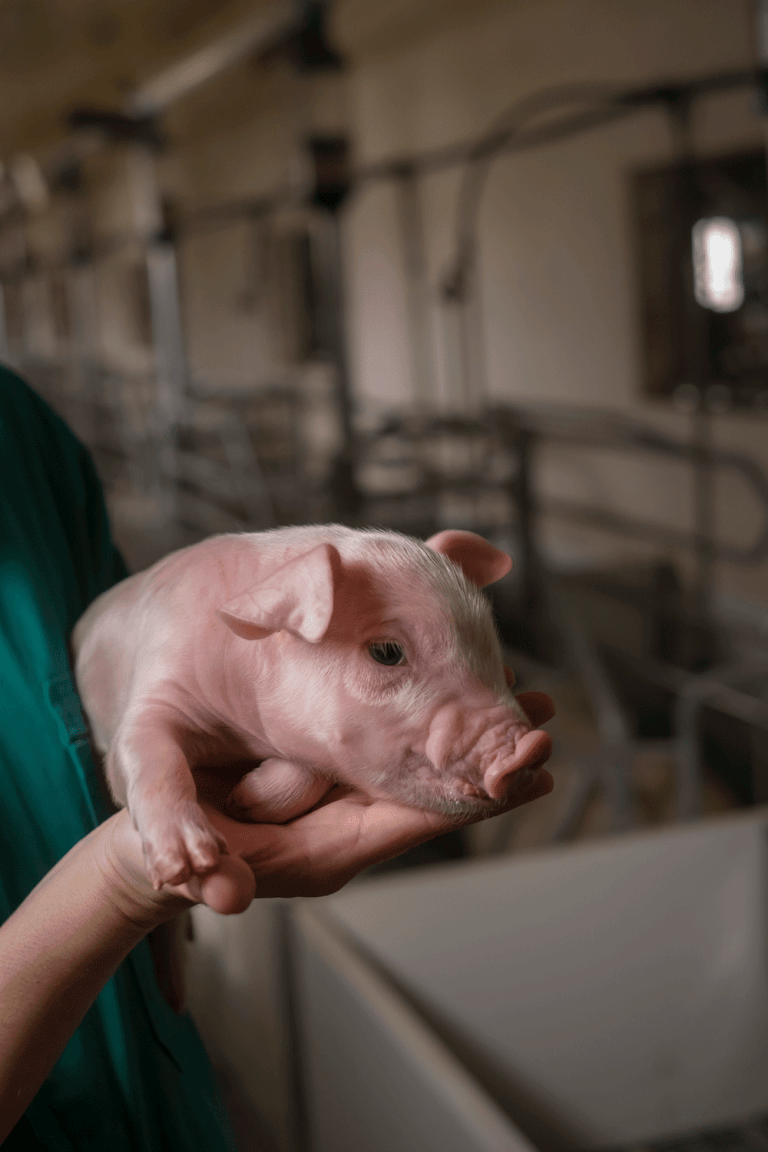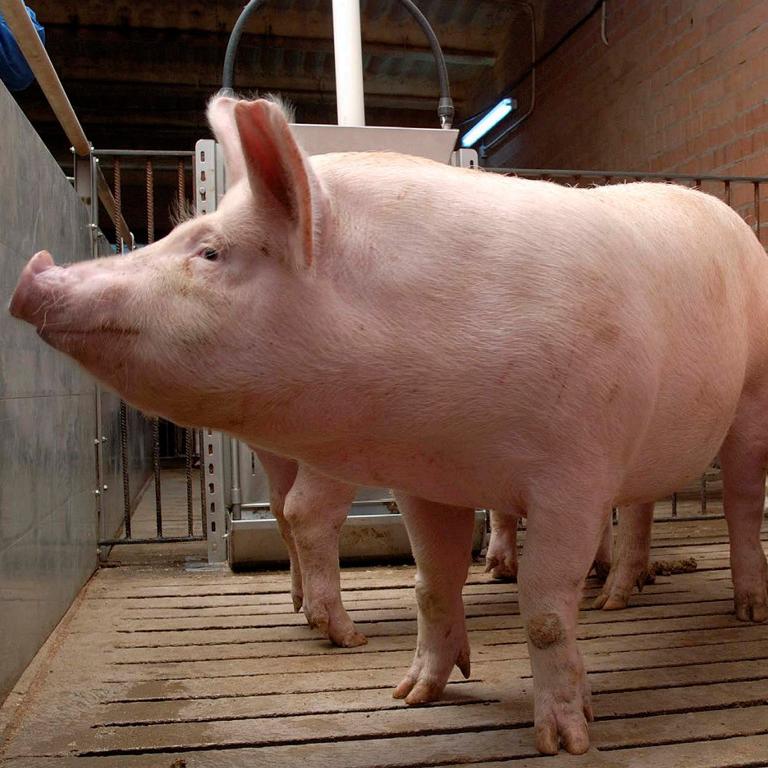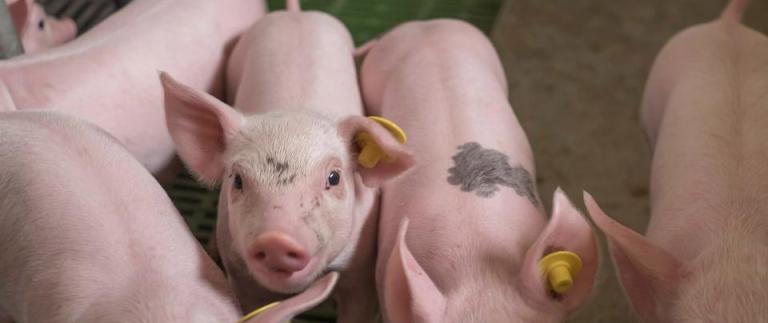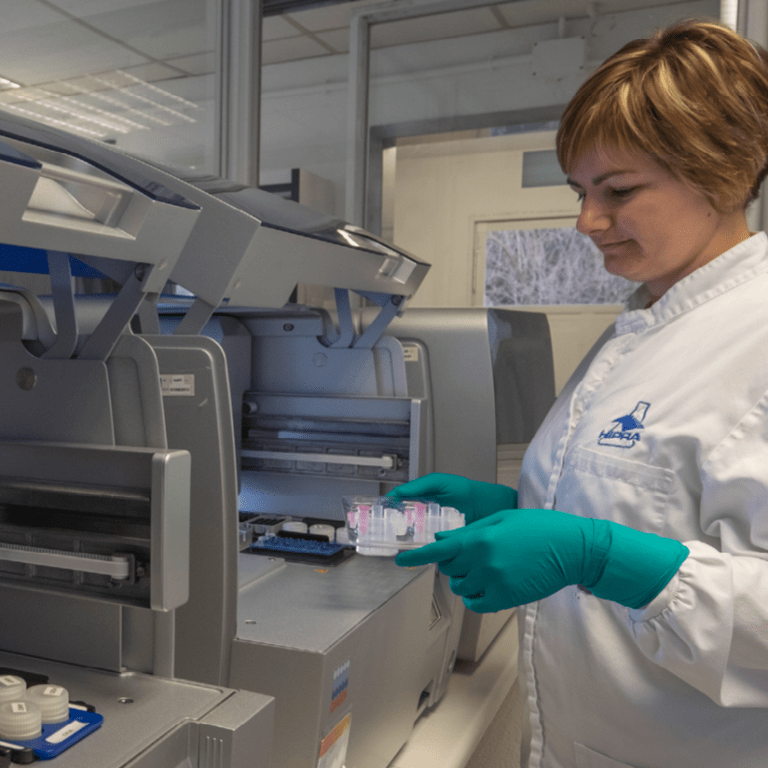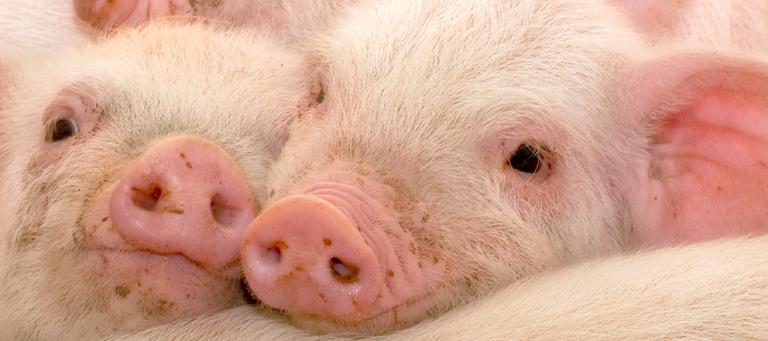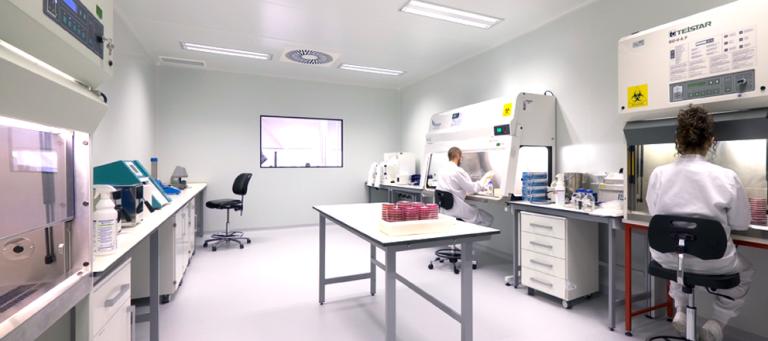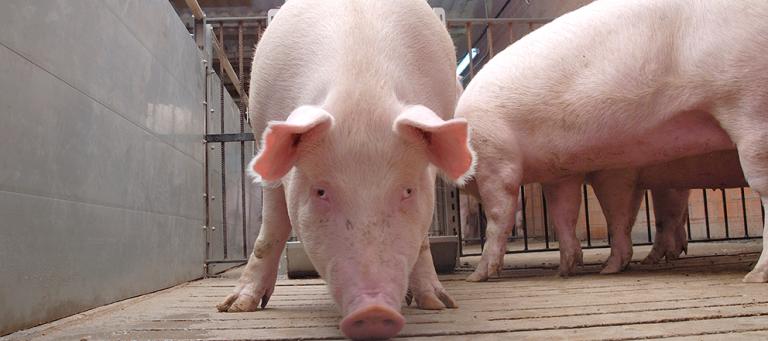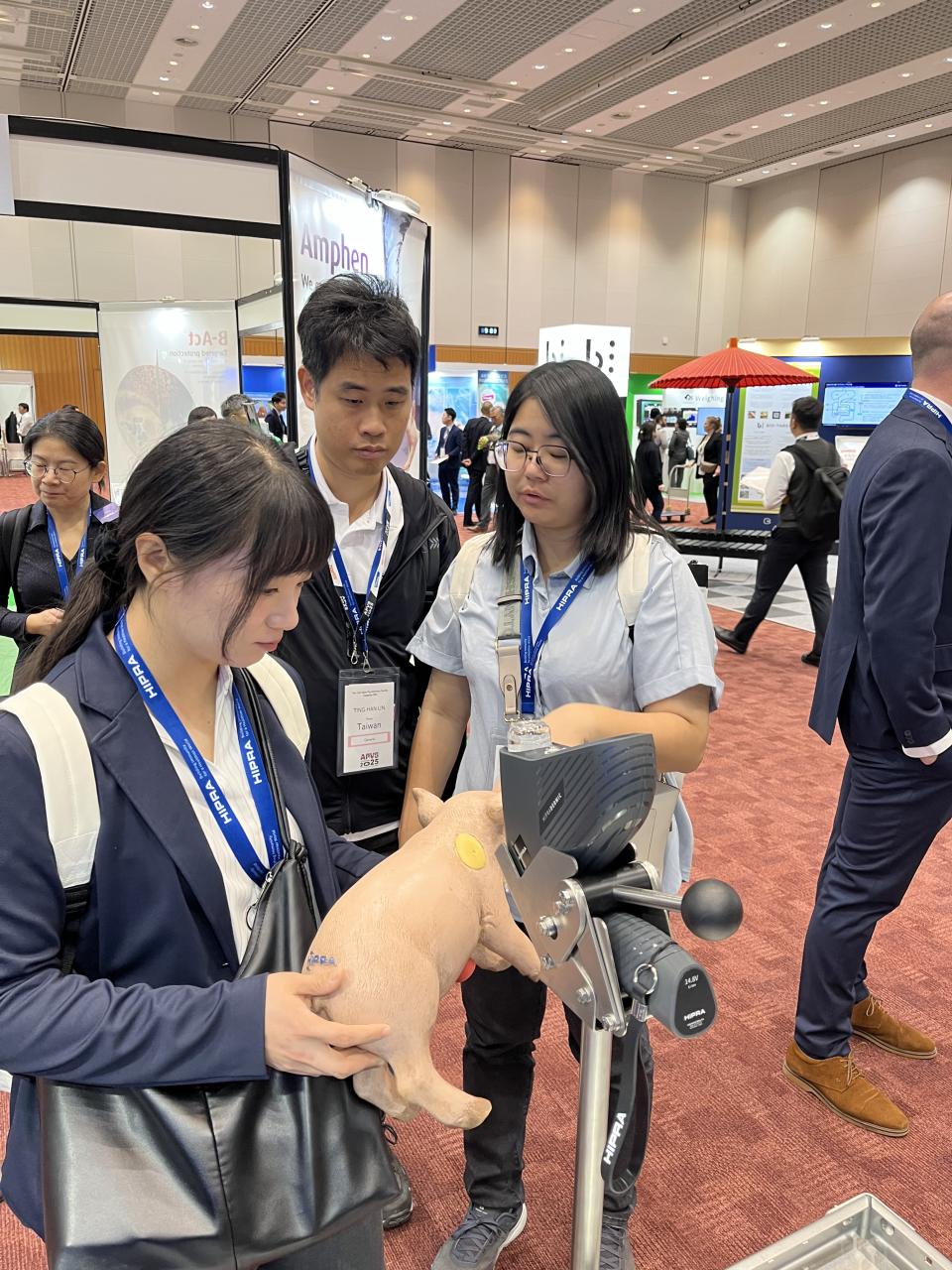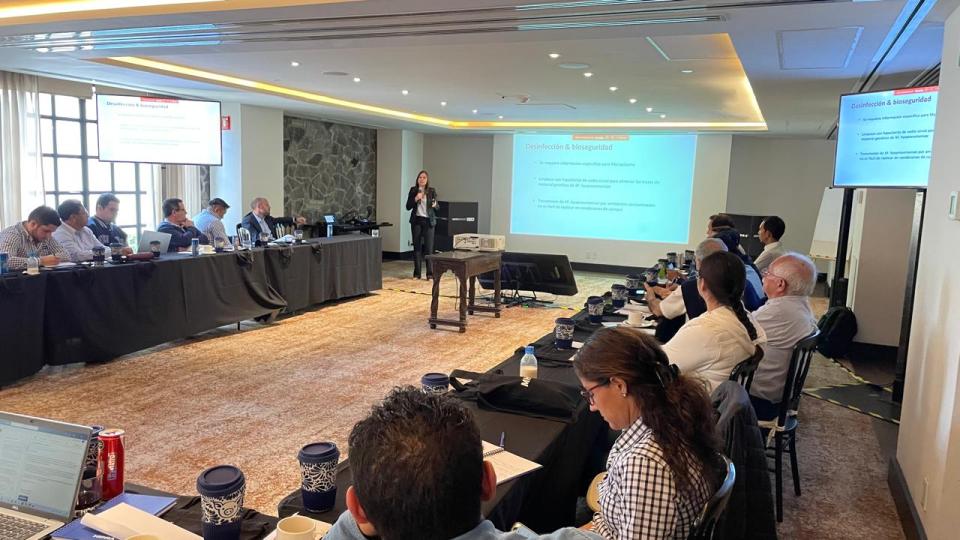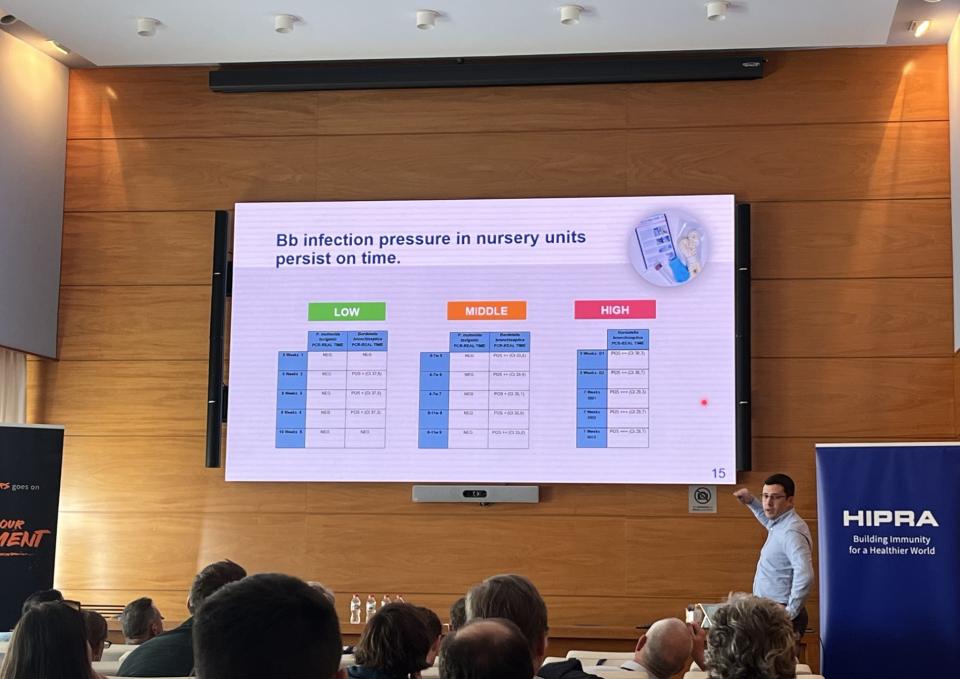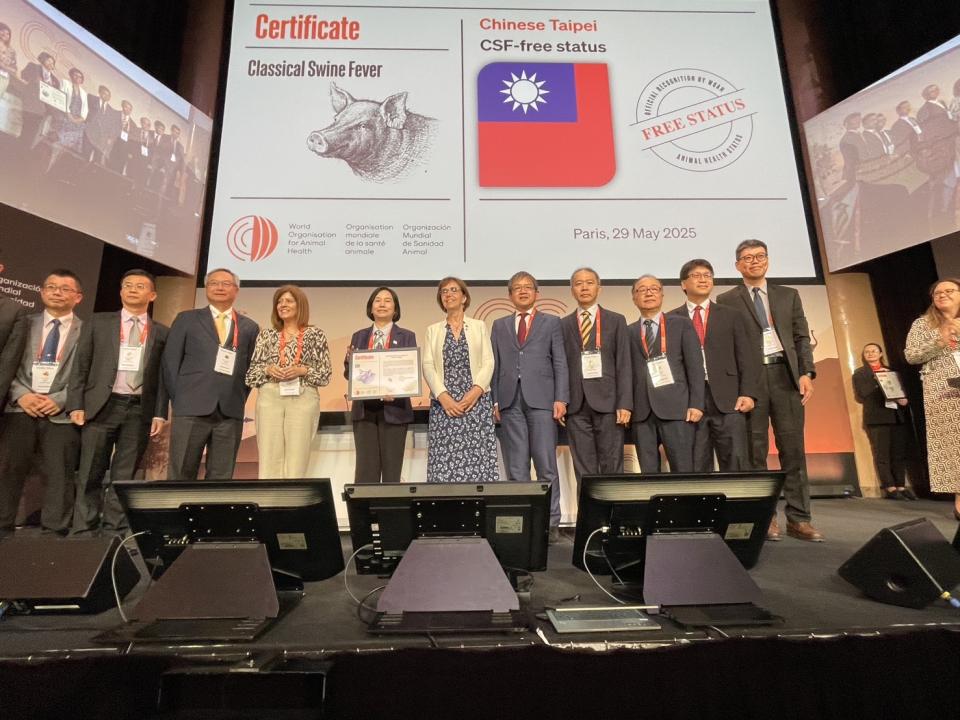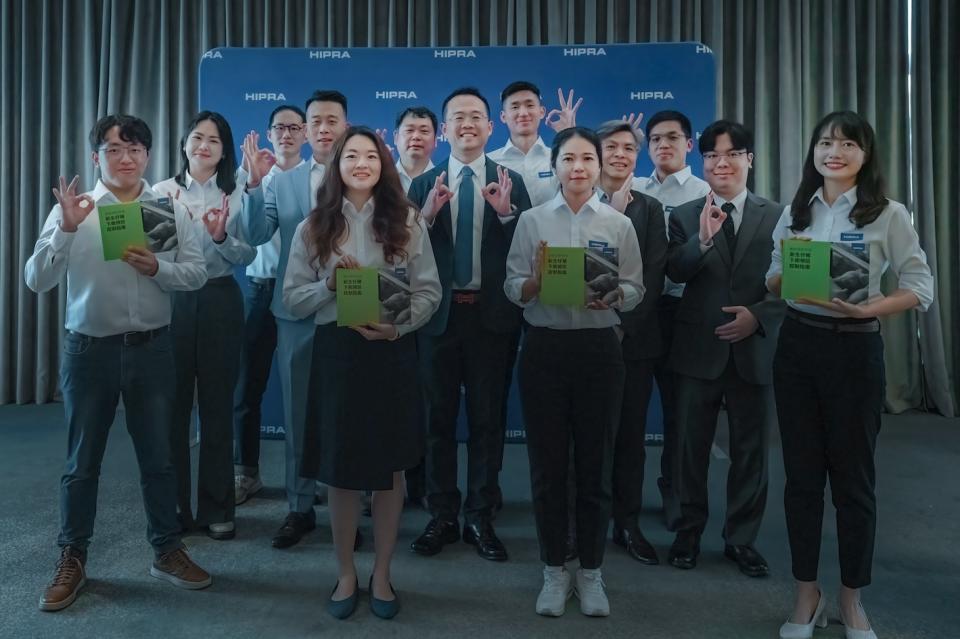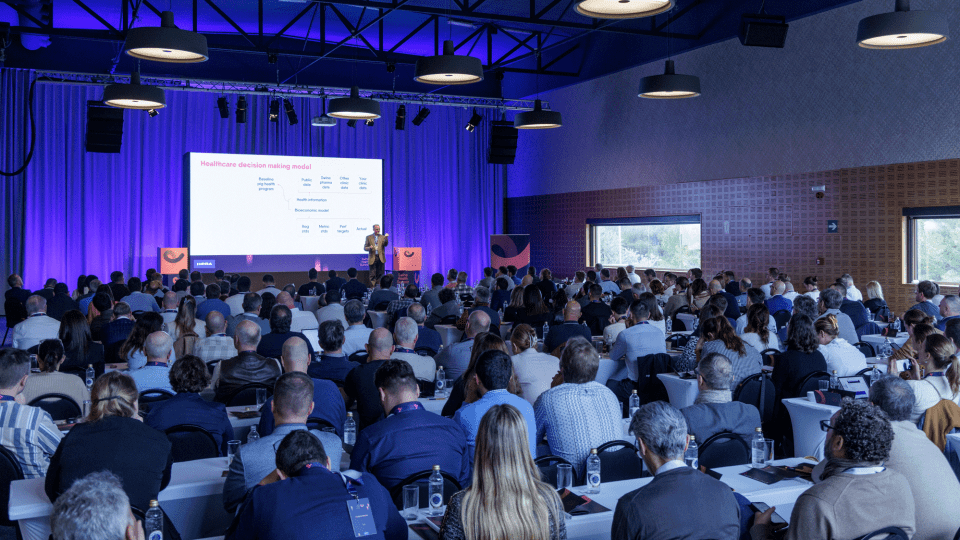Can we use sequences of the strains to predict the level of protection among them? At the present, the answer is ABSOLUTELY NOT. It is impossible to predict the level of protection that a given field strain or vaccine will afford against an infection with a new strain.
As we have been discussing, the variability of this virus is extreme in many aspects. Also, there are still significant gaps in the PRRS virus immunology, such as the exact identification of NA and T cell epitopes that may induce a protective response. As an example, it seems that when GP3, GP4 and GP5 are sequenced, there is no correlation between the neutralisation of the isolates and 1) the sequence of neutralising epitopes already described, and 2) the number of N-linked glycosylation sites in different proteins. It is true that if a given strain induces high levels of NAs and/or cell-mediated immunity the chance of protection may be higher; however, we should talk only about probabilities.
When sequences among strains are compared (only GP5, or all structural proteins or even the whole genome), it has been demonstrated that the protection afforded by a given vaccine or a given field strain against another strain cannot be predicted simply by an overview of the genetic similarity.
Genetic similarity is not a good predictor of the degree of protective immunity conferred by a vaccine.
In the past, we assumed that homologous protection (protection against the same strain) was complete, whereas heterologous protection (protection against another strain) was partial or null. However, we now know that even this general rule has significant exceptions; in particular cases, heterologous protection may be better than homologous (see examples I and III in “What is the role of the neutralising antibodies and cell-mediated immunity in viral clearance and protection?”).
Indeed, a recent study has demonstrated significant protection afforded by a modified-live vaccine based on type 1 strain against a highly-pathogenic isolate, belonging to type 2.
Factors that may influence protection against re-infection:
- The specific ability of the virus used in the immunisation to induce NAs or IFN-γ-SC and to modulate immune response.
- Difficulty neutralising the virus responsible for the re-infection. The specific ability of the virus responsible for the re-infection to modulate immune response.
- Other: period since the vaccination (remembering that the development of immunity against PRRS virus is slow), infection pressure, etc.




